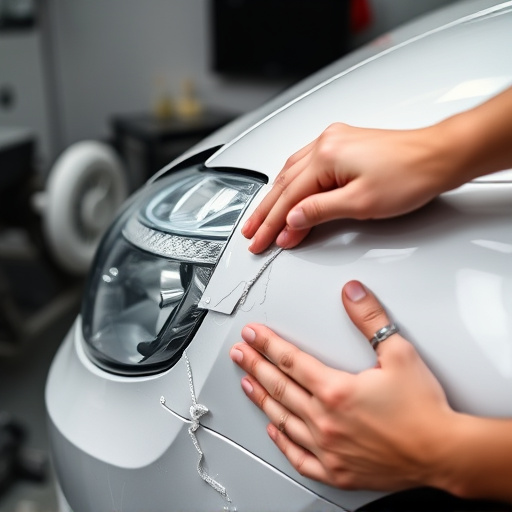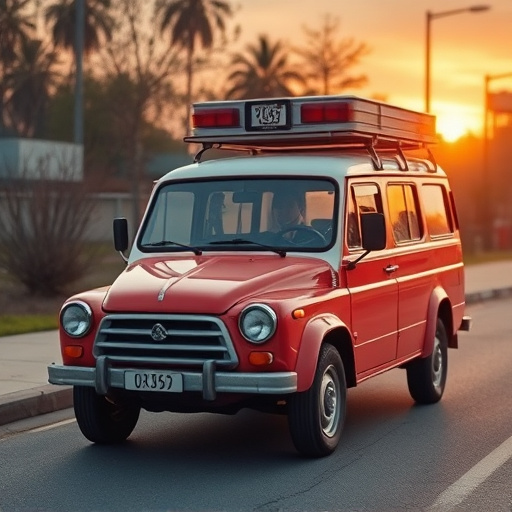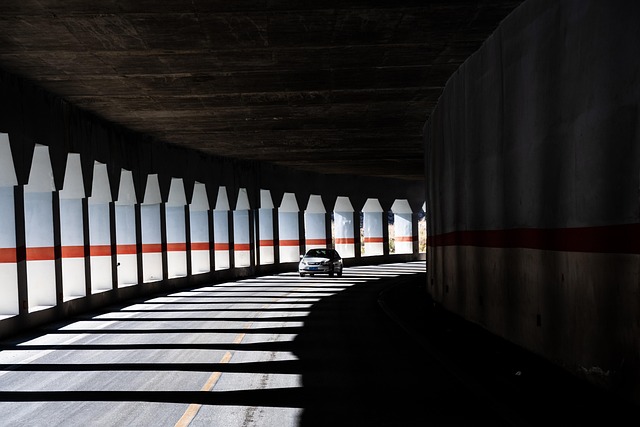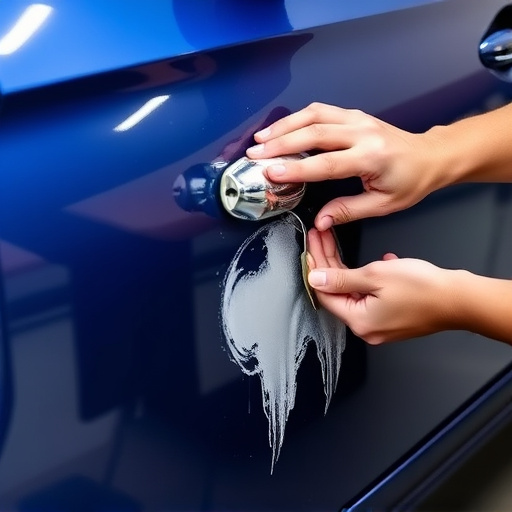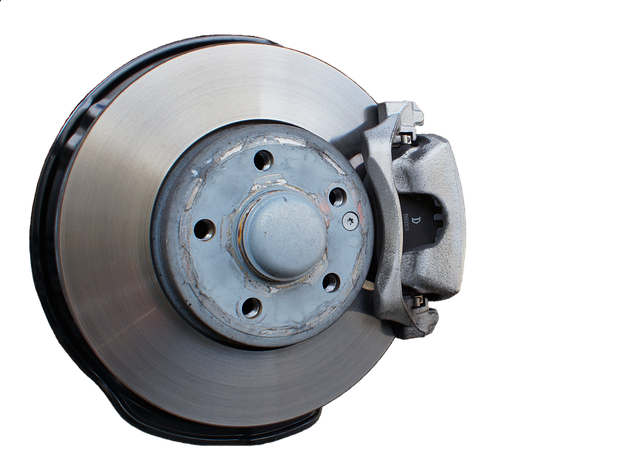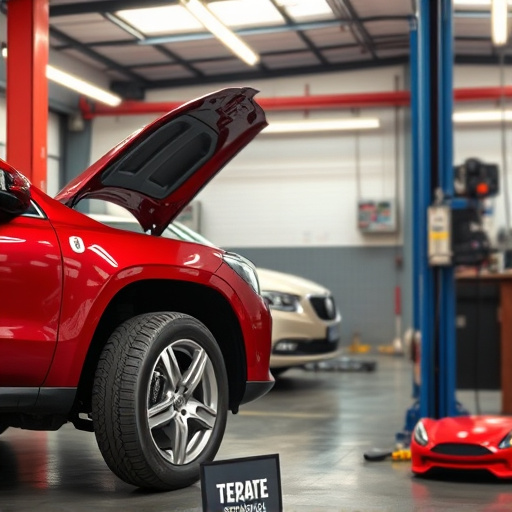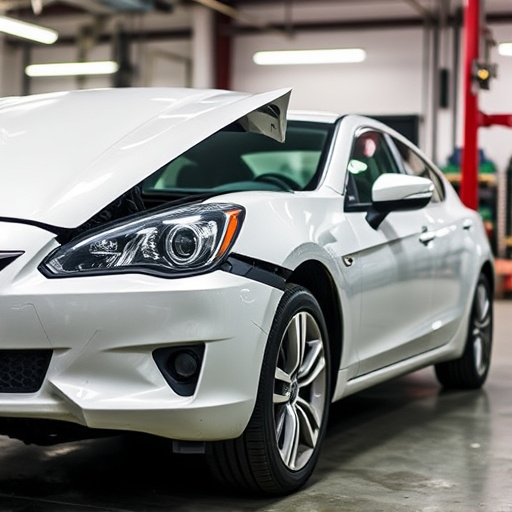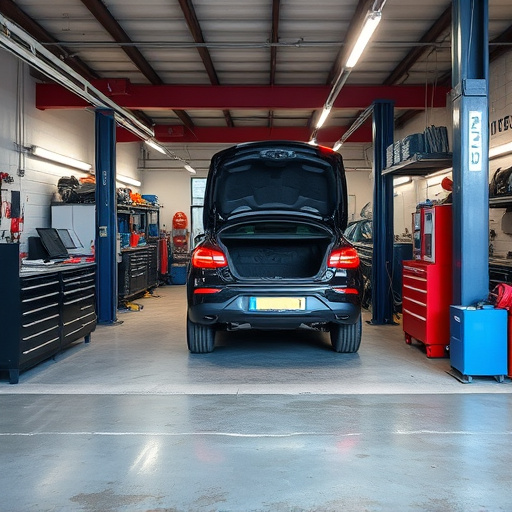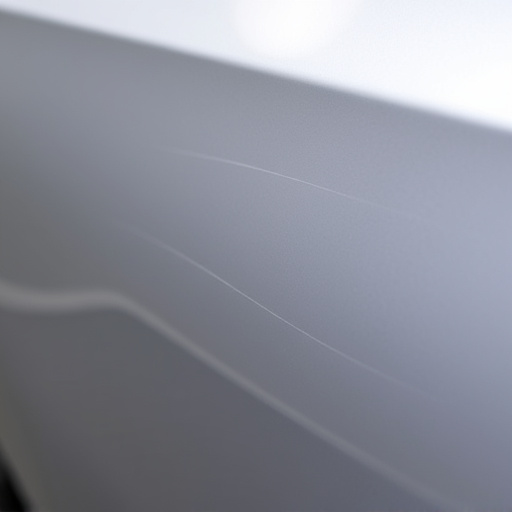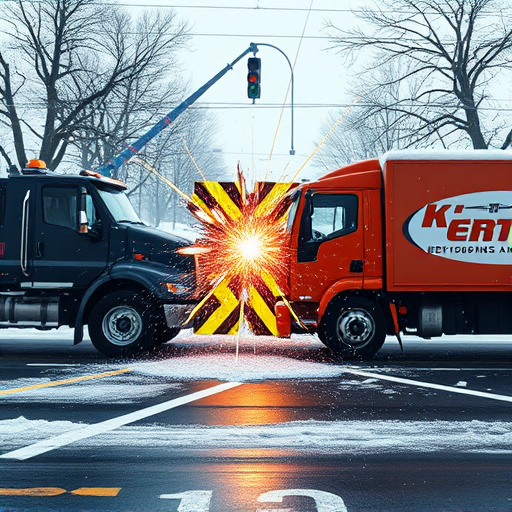TL;DR: Before transporting a vintage vehicle for repairs after a vintage vehicle collision, conduct a thorough inspection and secure it with specialized equipment. Choose a professional transport service offering climate-controlled environments and custom cradles for optimal safety. Upon arrival, perform post-transportation care, including inspecting for new damage and gently cleaning affected areas, to ensure seamless restoration.
Transporting a vintage vehicle for repairs requires careful consideration and specialized handling. This article explores best practices for navigating the unique challenges of moving these precious classics, focusing on preparation, transportation methods, and post-transport care. Learn how to ensure safe handling during transit and optimize restoration efforts following a vintage vehicle collision. Discover expert tips tailored for meticulous restorers and discerning vintage car enthusiasts.
- Preparation for Transport: Ensuring Safe Handling of Vintage Vehicles
- Choosing the Right Transportation Method for Vintage Car Repairs
- Post-Transportation Care: Tips for Optimal Restoration after Collision
Preparation for Transport: Ensuring Safe Handling of Vintage Vehicles
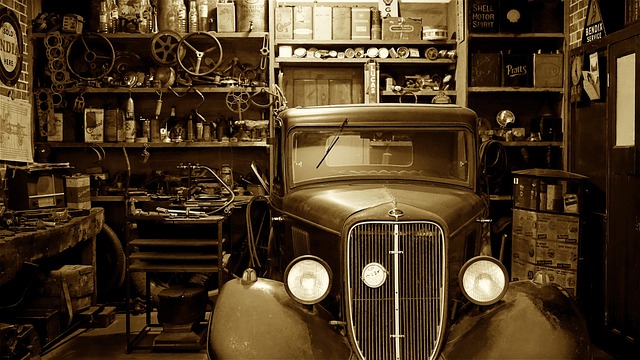
Before transporting a vintage vehicle for repairs, thorough preparation is key to ensuring its safe arrival at the car body shop. This includes a meticulous inspection to identify any existing damage or vulnerabilities specific to classic cars. Vintage vehicle collision repair experts recommend addressing these concerns upfront to prevent further deterioration during transit.
Proper securing of the vehicle within the transport trailer or truck bed is paramount. This involves using specialized equipment designed for classic cars, such as custom-fit ramps and strapping materials that won’t mar the intricate details and finishes characteristic of vintage vehicles. Ensuring the car’s suspension, engine components, and unique body panels are securely braced minimizes the risk of damage during the fender repair or auto painting process, keeping it in pristine condition for when it returns from the car body shop.
Choosing the Right Transportation Method for Vintage Car Repairs

When transporting a vintage vehicle for repairs, selecting the appropriate method is paramount to ensure its safety and preserve its historical integrity. The choice of transportation depends on factors like the car’s condition, size, weight, and specific repair needs. For instance, if the vintage vehicle has undergone structural damage in a vintage vehicle collision, specialized carriers designed for classic cars might be required. These carriers offer unique features such as custom cradles, secure fastening mechanisms, and climate-controlled environments to mitigate potential further damage during transit.
Considering the delicate nature of vintage vehicles, opting for professional transport services specializing in auto painting and collision repair is highly recommended. Such services have the expertise and resources to handle these cars with care, employing skilled technicians who understand the nuances of repairing historical vehicles while ensuring they arrive at their destination in pristine condition.
Post-Transportation Care: Tips for Optimal Restoration after Collision
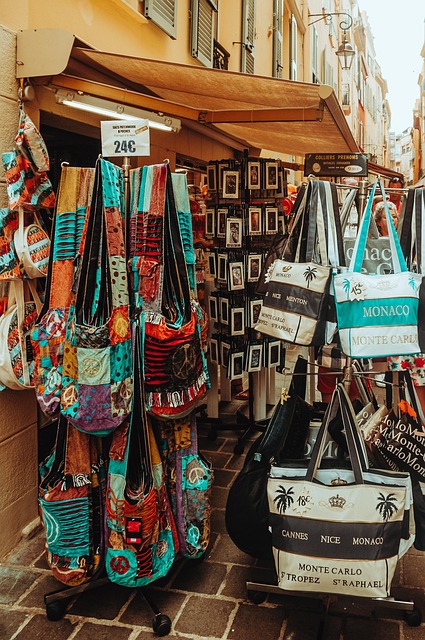
After successfully transporting your vintage vehicle to a repair facility, the hard part is over. However, ensuring optimal restoration after a vintage vehicle collision requires careful post-transportation care. Begin by thoroughly inspecting the car for any new damage that may have occurred during transit. Even minor scuffs or dents can affect the final outcome of the restoration process.
Next, clean the affected areas gently using specialized auto body care products to remove dirt and debris. This step is crucial as it prepares the surface for more meticulous repairs like auto body work and painting. Finally, maintain regular communication with your mechanic to track progress and address any concerns promptly. Remember, proper post-transportation care is key to achieving a seamless car restoration after a collision.
When transporting a vintage vehicle for repairs, meticulous preparation, the selection of appropriate transport methods, and post-transport care are paramount. By adhering to best practices outlined in this article—from securing the vehicle properly during transit to choosing specialized carriers and ensuring meticulous post-collision restoration—owners can safeguard these cherished classics while pursuing necessary repairs. Remember, proper handling and transportation are key to preserving the historical integrity of a vintage vehicle collision, ultimately facilitating its return to its former glory.

